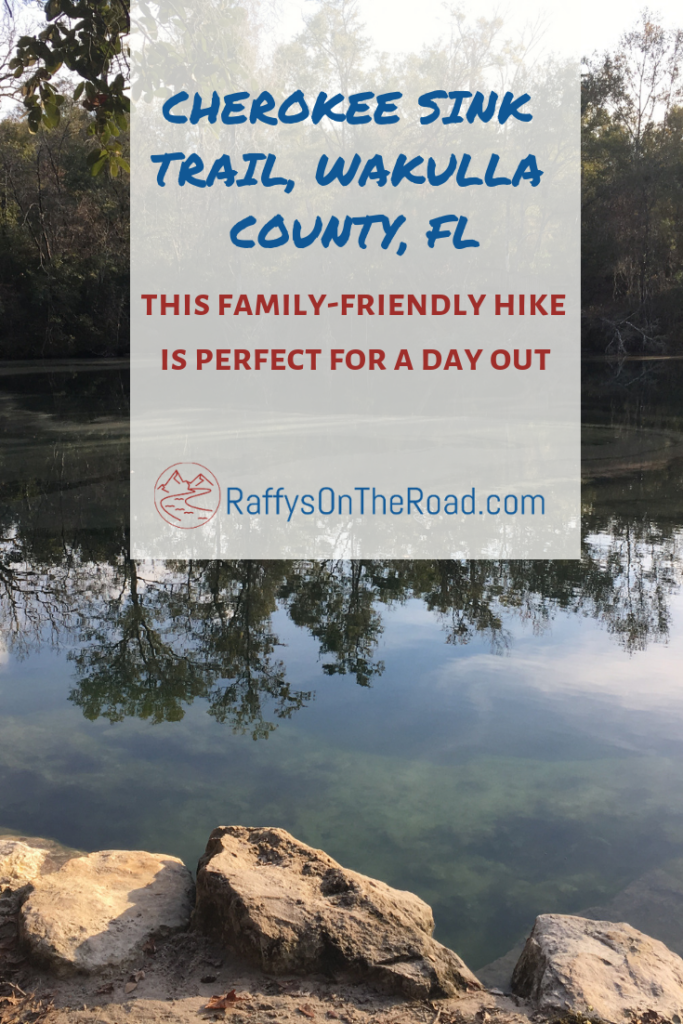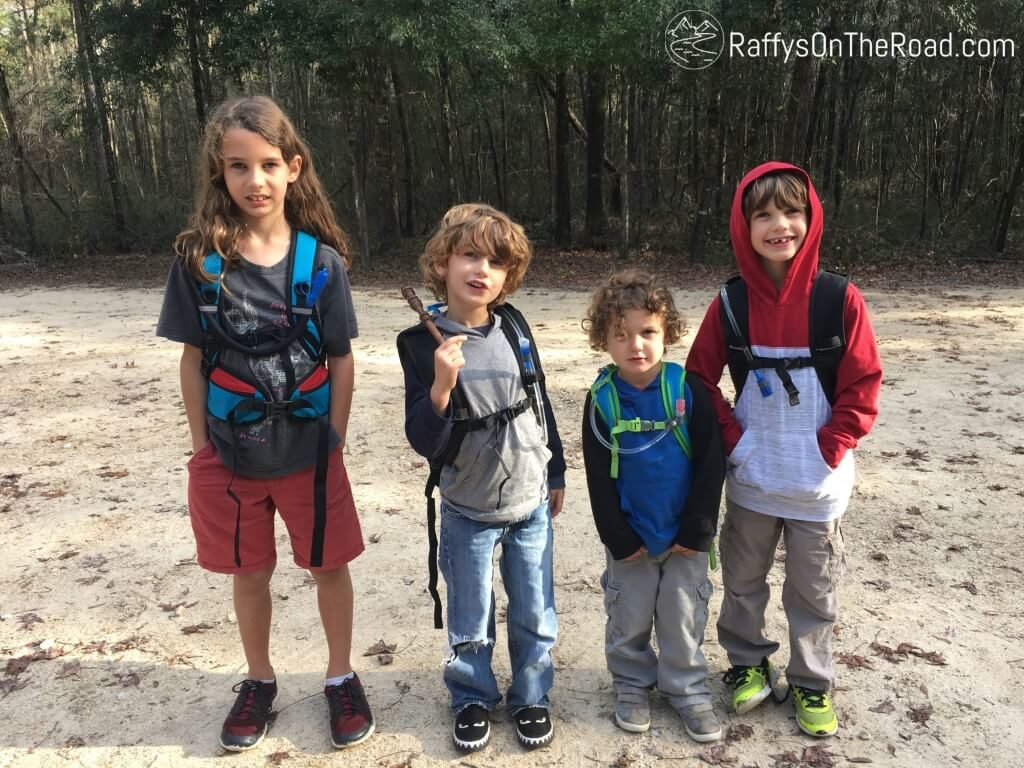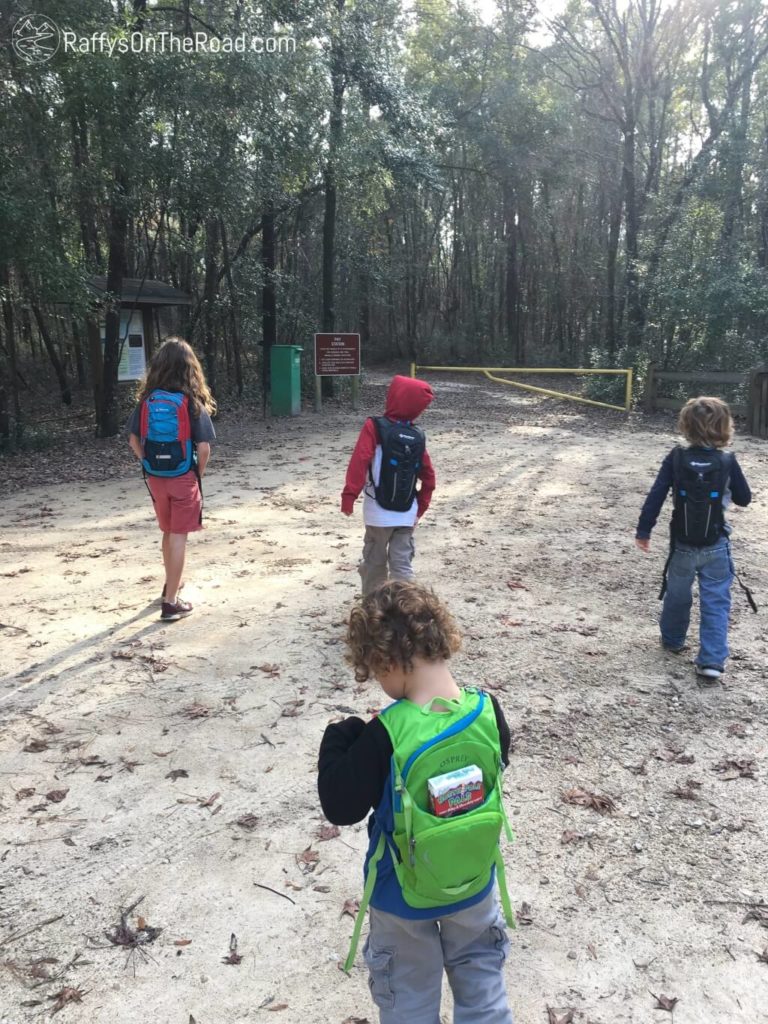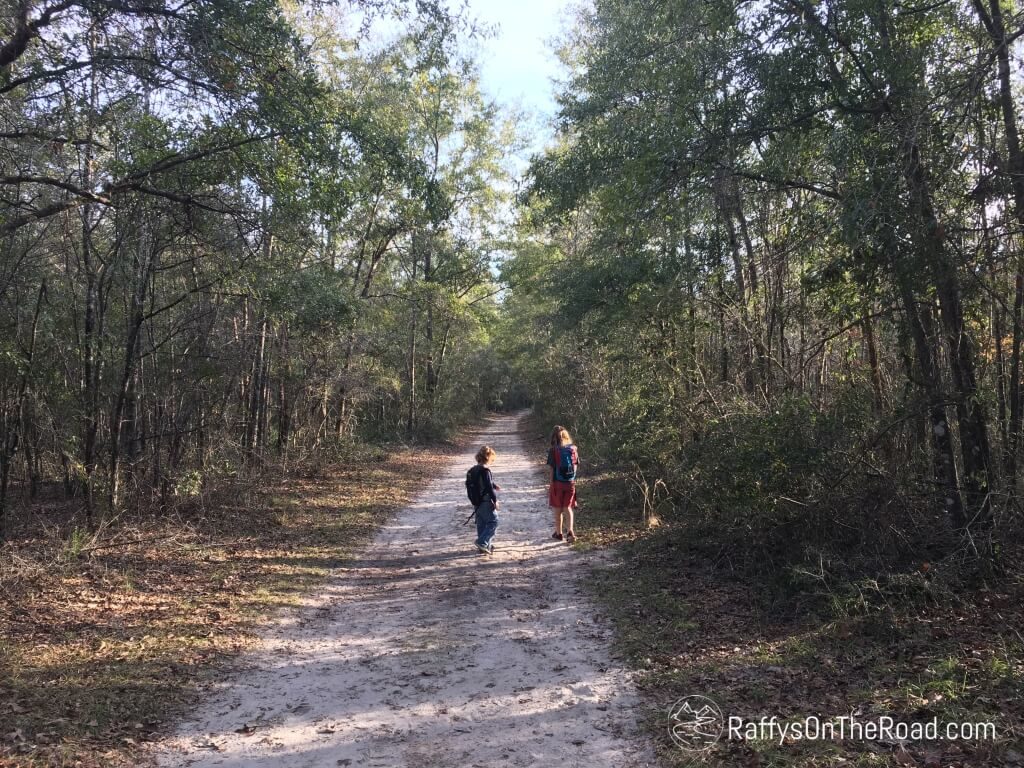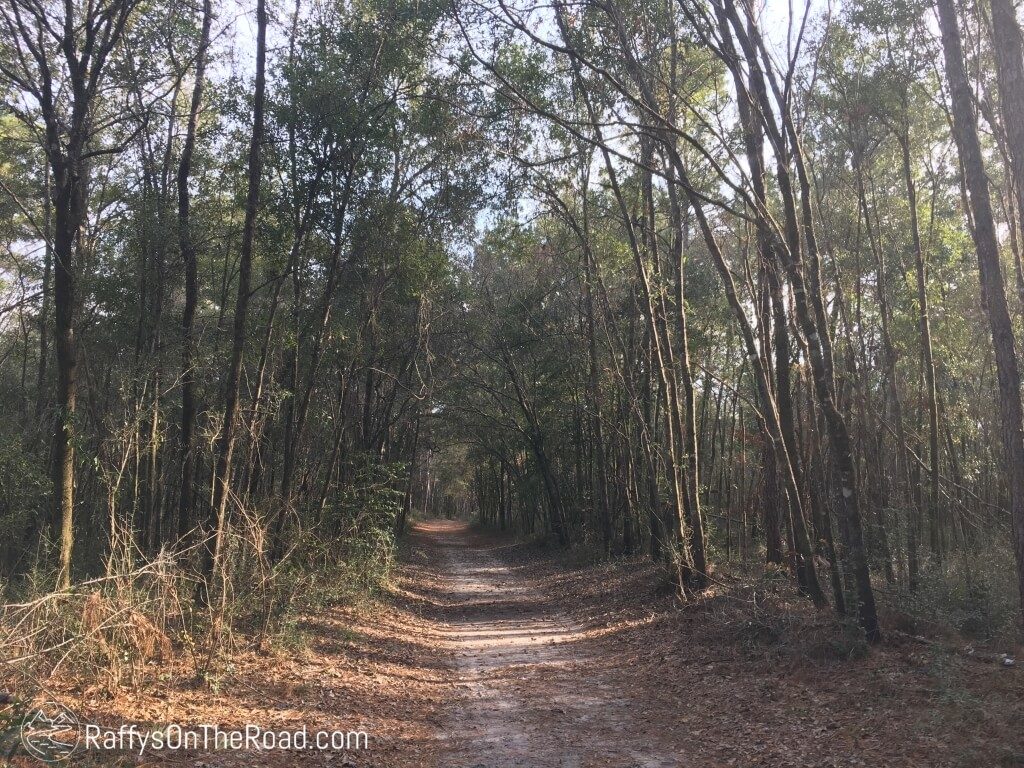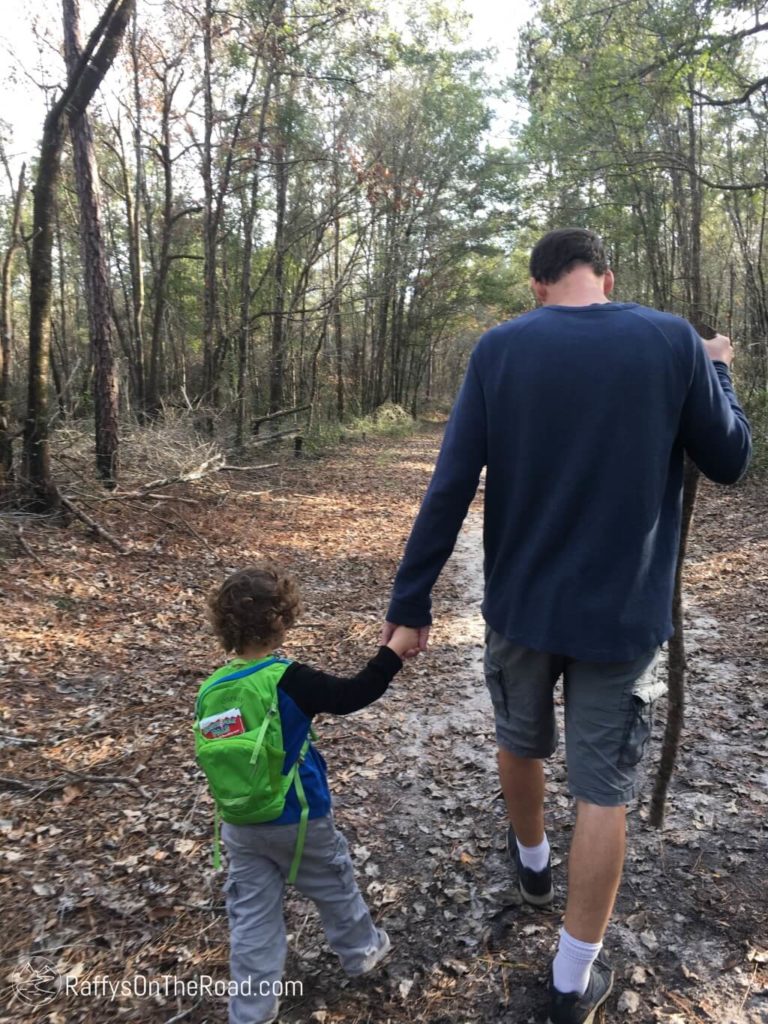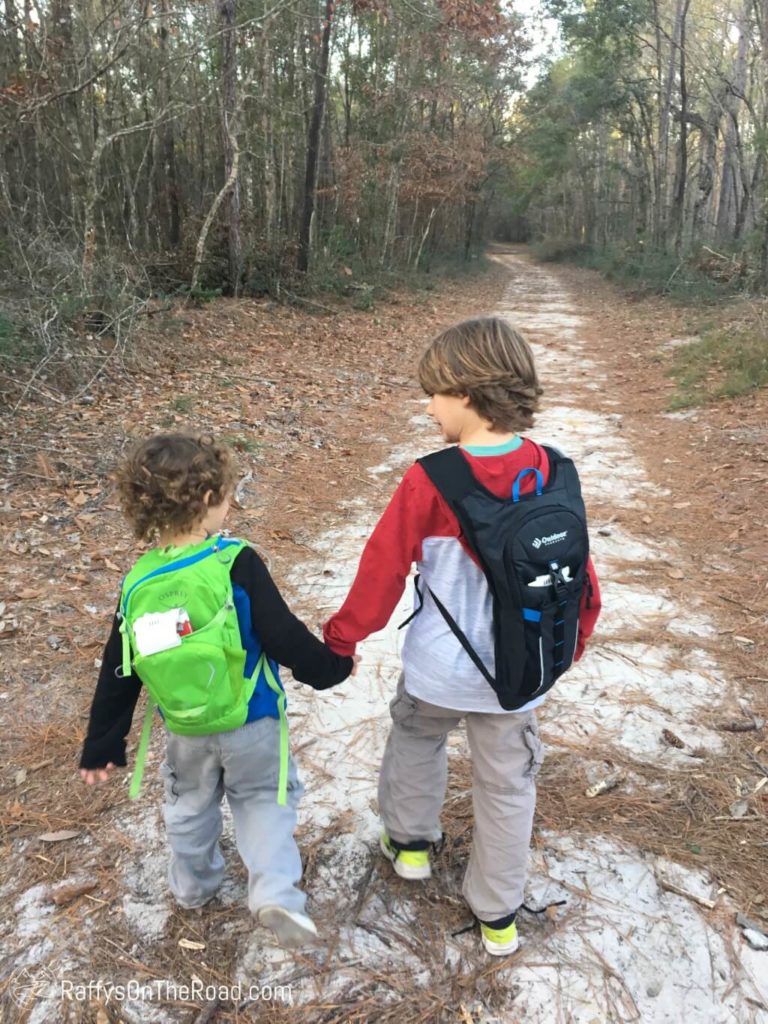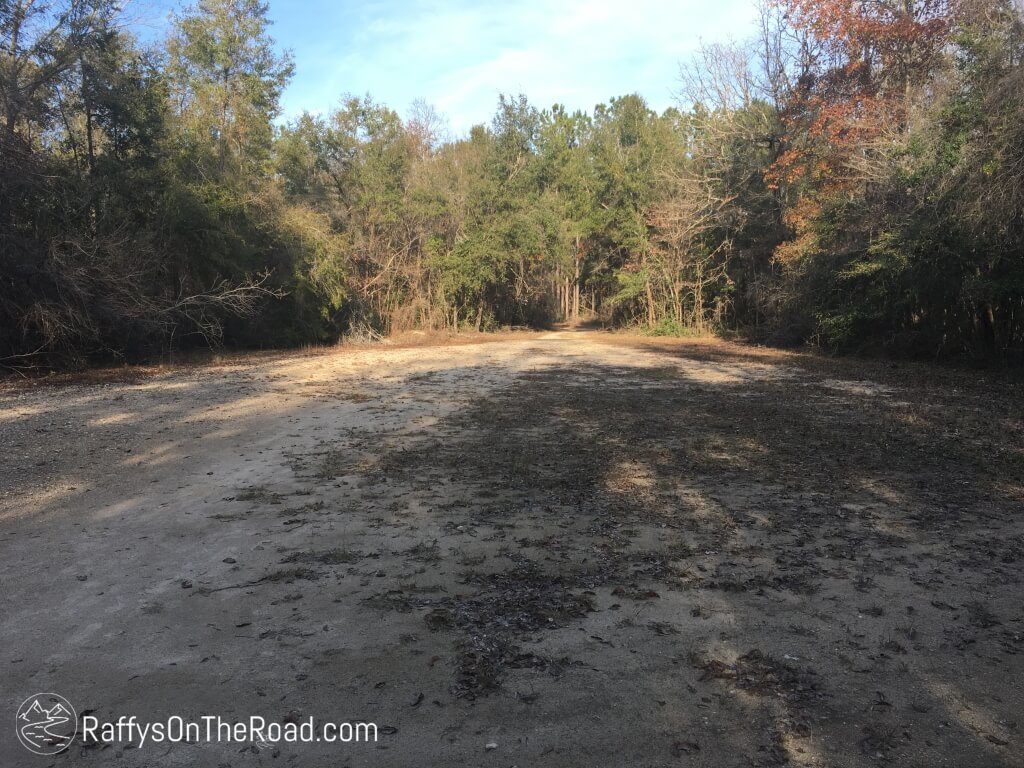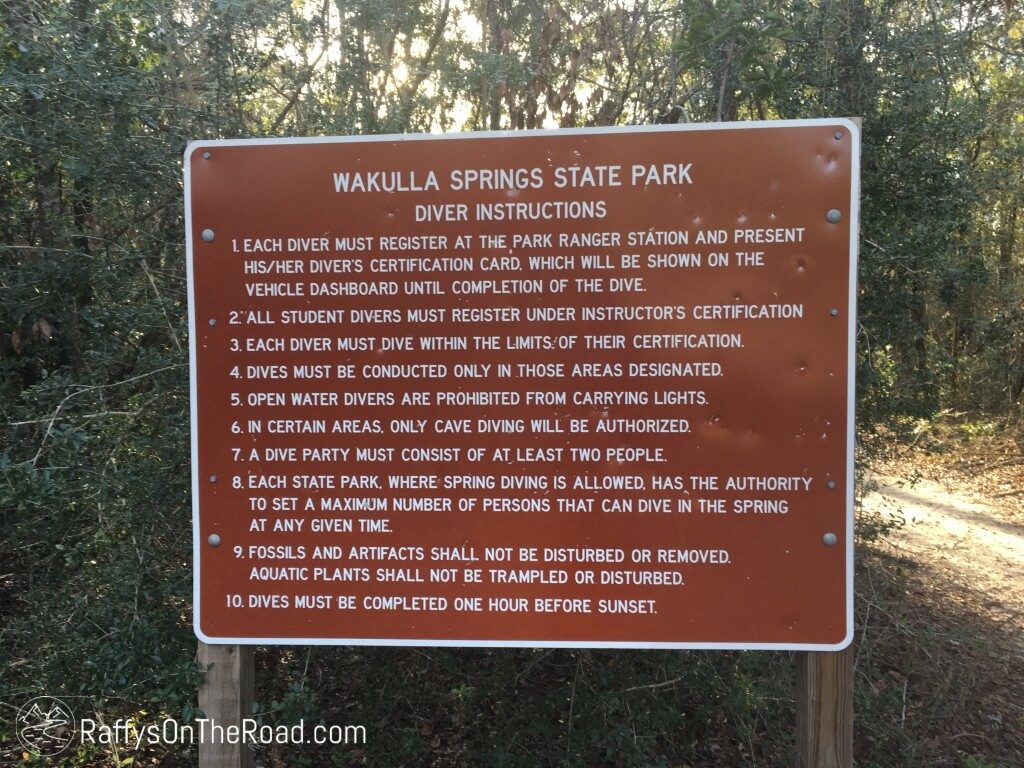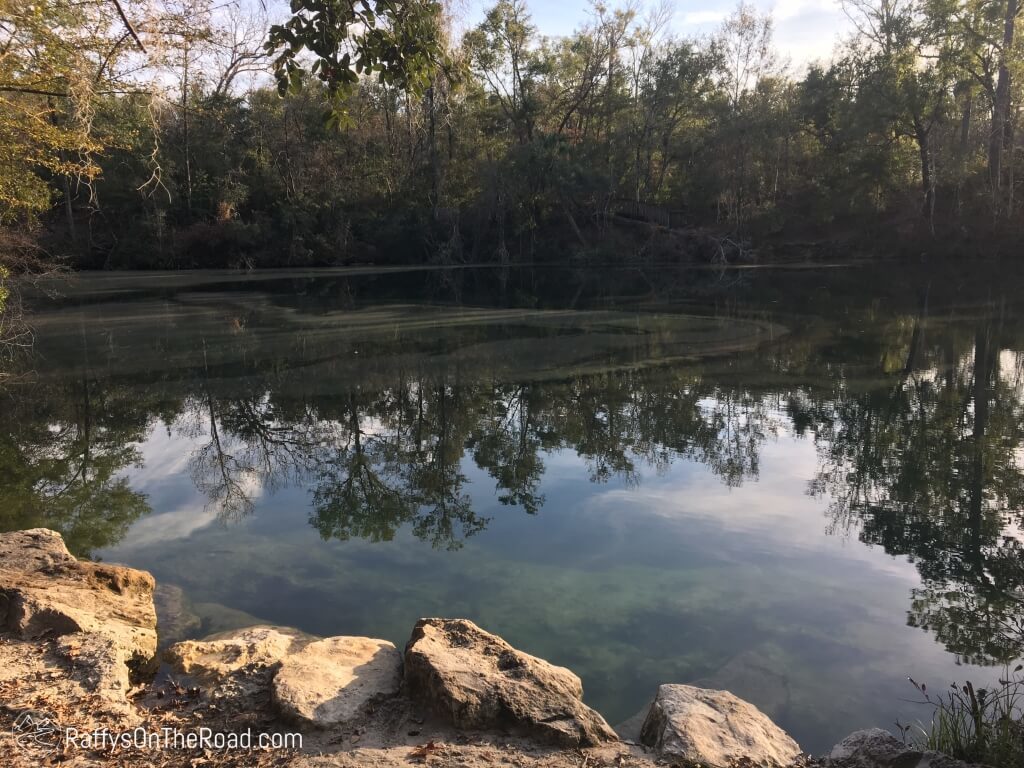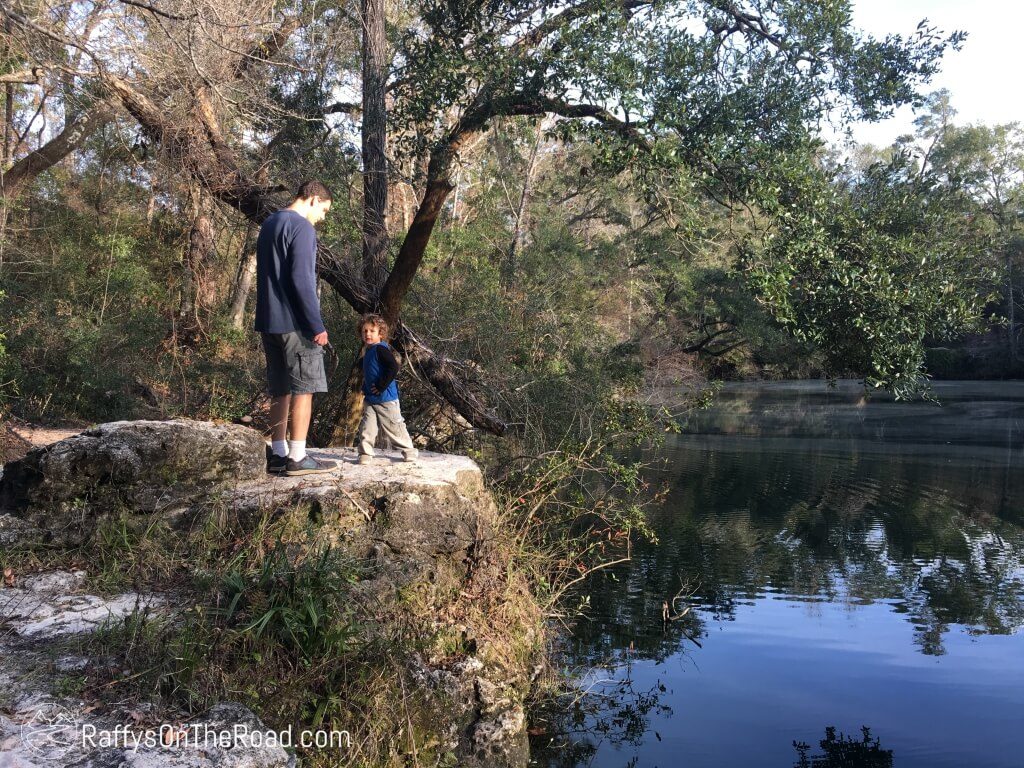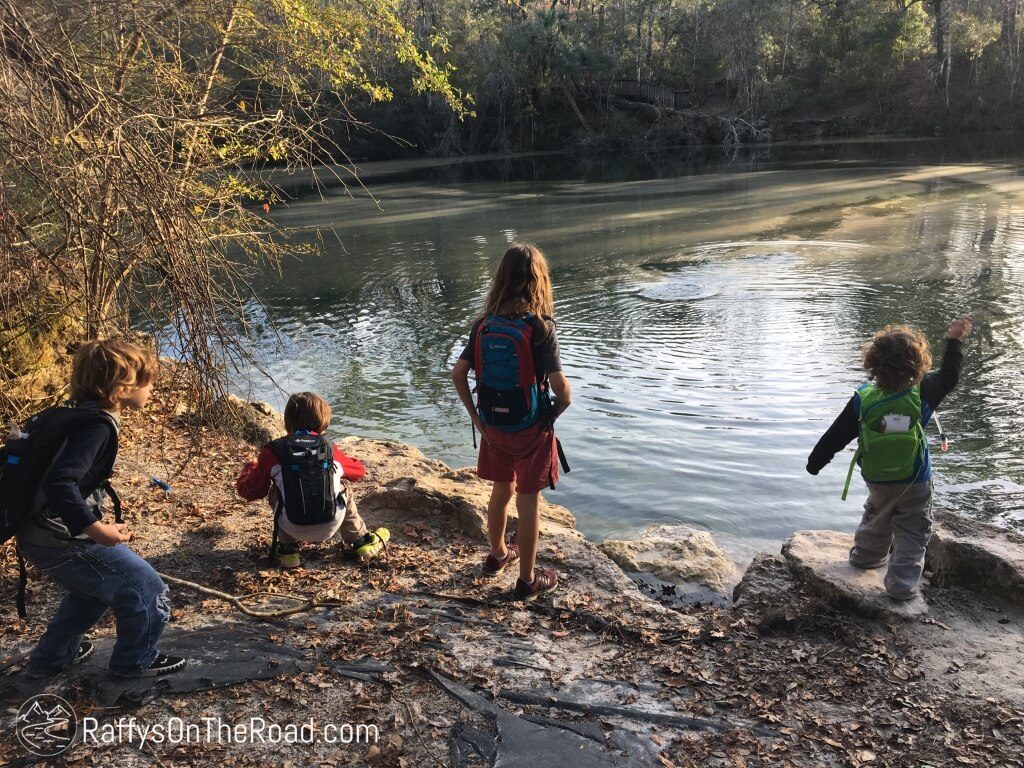We’re always on the lookout for new trails around Tallahassee – especially ones with good “destinations” (without mountains or waterfalls in Florida, it’s hard to not feel like you’re just walking through the woods – not that that’s a bad thing). So on Christmas, after a day of presents, hours of laser tag, and hanging around the house, we decided the best way to cap off a great Christmas would be to get out and explore!
Plus a few kids got new hydration backpacks for Christmas and were itching to try them out. Give us a few months with them and I’ll provide a full review of each brand, but for now, I do like the kids not swinging around (and losing) water bottles, they seem to drink more, but oh all the pee. Which isn’t such a big deal since we’re in the woods other than the constant reminder, “we don’t pee on our brothers.” Yes, it’s said much more than one would think.
- If you’re interested in which hydration backpacks the kiddos are using, Nathan has an Osprey Pack Kid’s Moki (1.5 L), Colton has a Miracol Hydration Backpack (2L), and Ian and Jackson have the Outdoor Products Norwood Hydration Pack (2L).
We needed an easy hike without 30 minutes of home, something long enough to stretch our legs but one that would get us back to the car before dark, and someplace that would let the kids run and roam.
So we decided on Cherokee Sink Trail out in Wakulla County!
This was an excellent hike for the kids and relaxing for Cody and I – win-win for everyone! We are so lucky to live in Florida where we have perfect hiking weather even in December!
Located just about 30 minutes south of Tallahassee, Cherokee Sink has been a local favorite for generations (just ask my parents, both raised in Tallahassee in the 60s and 70s). Unfortunately, as an unregulated local favorite, it became quite run-down – suffering from erosion, pollution, and an abundance of littering. By the time our generation had our turn with swimming at Cherokee in the 90s, it was in pretty rough shape. Thankfully the State acquired the land in 1999 and added it to Wakulla Springs State Park as the Cherokee Sink Tract.
Most of the old roads to the sink are closed, but there is still access off Hwy 61 (Wakulla Springs Road). A small “Nature Trail” sign marks the road to the trailhead and is easy to miss – instead look for the back gate to Wakulla Springs State Park and look across the road.
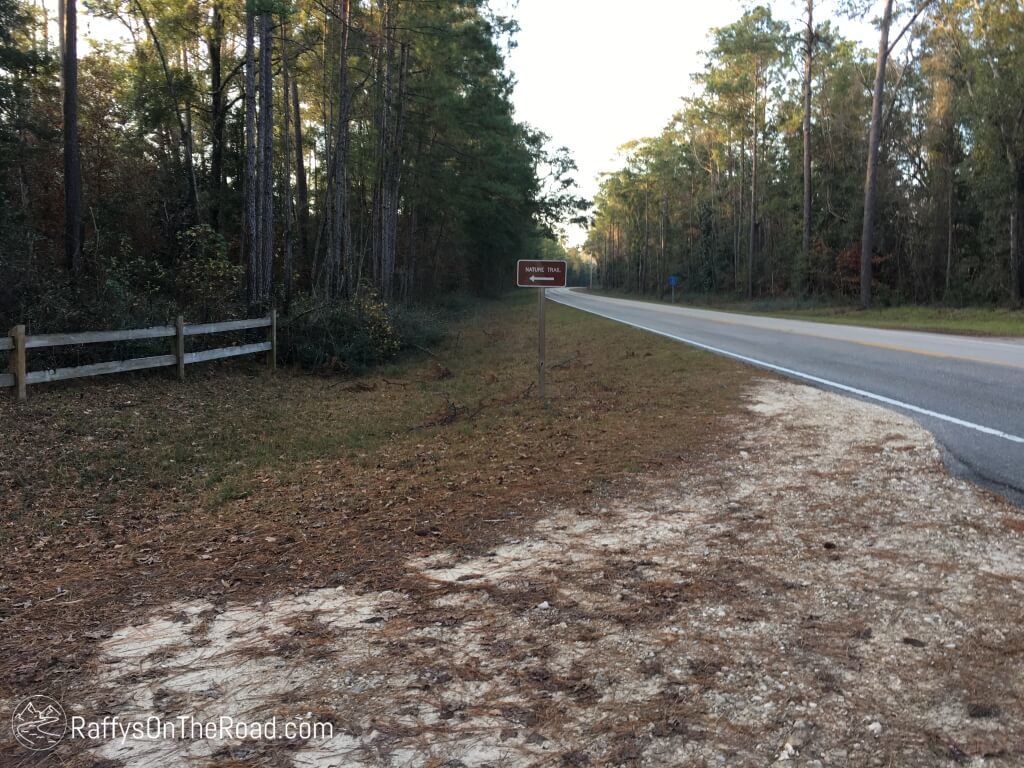
The road to the trailhead parking lot is dirt, but short. At the parking lot, there is information about the trail and a self-service pay station ($4 per vehicle, free with a Florida State Parks Pass).
From the trailhead, you follow the old dirt road that previously led vehicles to the sink (the road is now closed to all vehicle traffic). As an old road, it makes for an easy hike – wide, flat, and smooth. The trail is stroller friendly (I’d suggest air-filled tires) with a hard-packed sand and dirt surface, without many rocks or tree roots. The trail is through the forest so provides decent shade, and has no elevation change to speak of.
At just at a mile (one-way), it’s a great trail to get outside, get moving, and let the kids burn off some energy (mine were 3, 5, 7, and 9 years old at the time we hiked this trail), but before you hit the whining and “carry me” stage.
Right before the one-mile mark, you’ll see the only signage for Cherokee Sink, a small sign directing you to turn right. This turn takes you into the old parking lot right outside the sink area. There is a large sign setting forth rules for SCUBA divers, but just past that you can turn either right or left to get down to the sink.
Either way will take you to a set of stairs leading down to the sink, but going right allows for more room to walk along the shore. Going left will lead to the old Causseaux Cemetary, a family cemetery of the Causseaux family who once lived on the land. The cemetery may contain as many as twenty graves (most damaged or destroyed in the 1970s, but rumor has it restoration efforts will be undertaken at some point), including Stephen Causseaux, who served as a Confederate soldier in the Civil War and died in 1915.
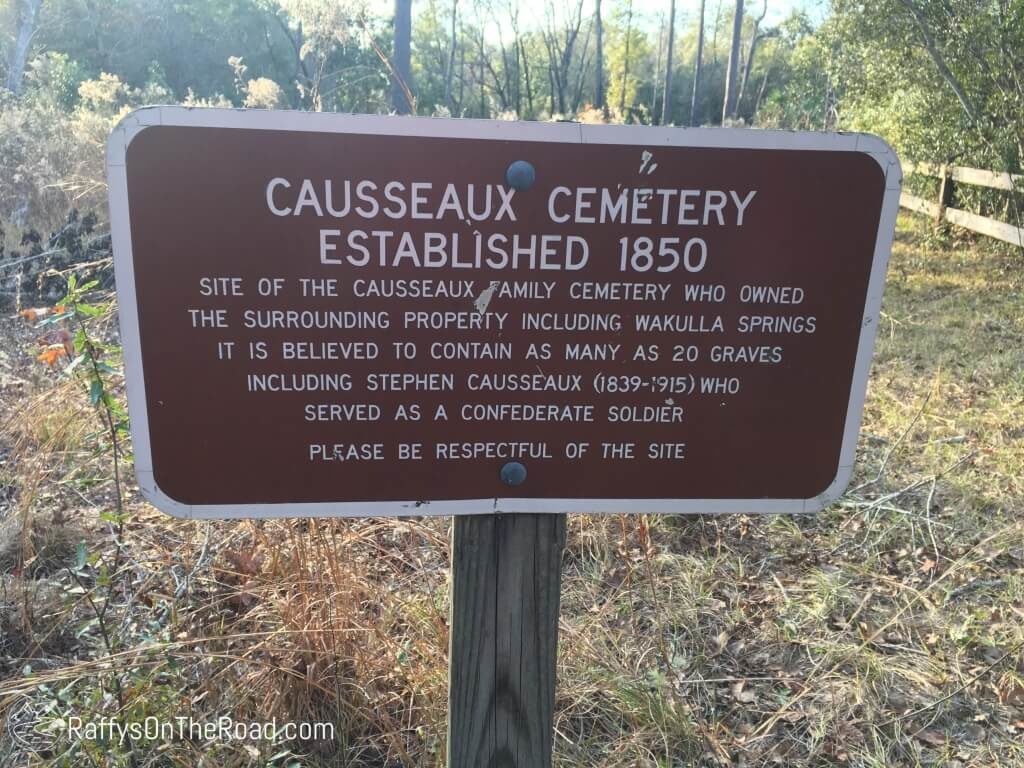
Once you are down at the sink you’ll bear witness to some of Florida’s remarkable geology. The Cherokee Sink itself is 175 feet wide and 260 feet long with a maximum water depth of 77 feet. It was formed when the porous limestone under the surface created a cavern whose roof eventually collapsed into itself, forming the sinkhole. The water filling the sinkhole is a mixture of rainwater and the water table below.
There are several sets of stairs leading down to the sink – check them all out to get different views! I seem to remember an observation deck/diving platform but didn’t see it on this trip. I’d love it if someone could tell me what happened to it – so if you know, let me know!
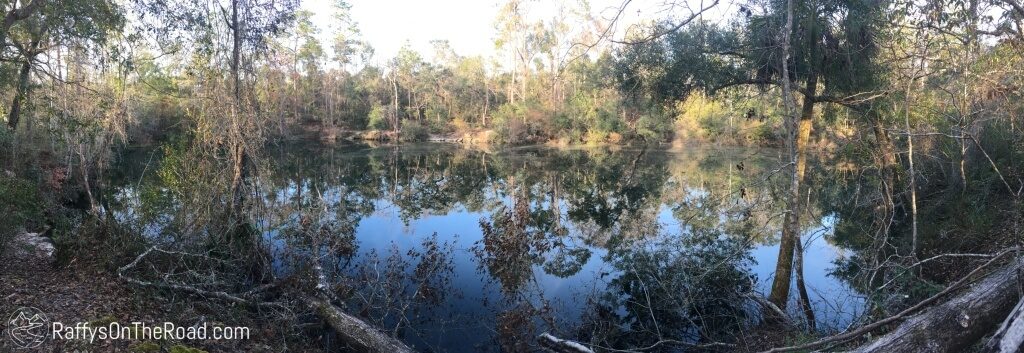
While Cherokee has been known as a swimming hole in the past, today the State Park posts that there is no swimming allowed at the sink. I’d love to visit in the summer, however, and see how well that is enforced. 🙂 You can, however, dive the sink with SCUBA certification and prior registration with the State Park. Don’t let this deter you from taking this hike – it’s worth it even without the swimming.
Here I am attempting video making again – the kiddos love to watch these of our adventures:
Overall, it was a perfect Christmas Day hike – great weather, great company, a great destination, and a great trail to meander.
Have you been out to Cherokee Sink recently? If so, did you enjoy the hike?
As always, thanks for stopping by, and happy adventuring!
